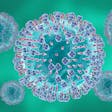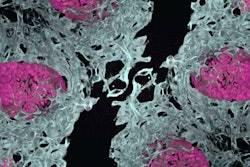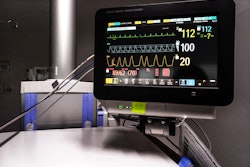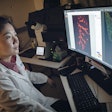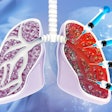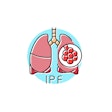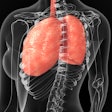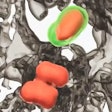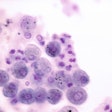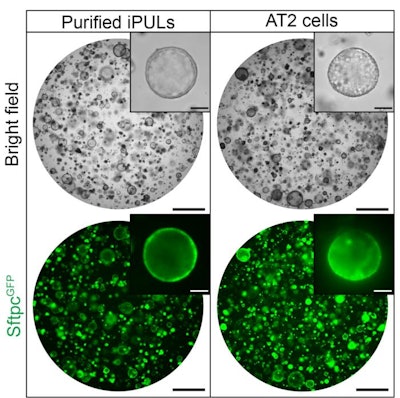
Japanese researchers have successfully generated lung cells from mouse embryonic fibroblasts. The cells are nearly identical to alveolar epithelial type 2 (AT2) cells and were created in the span of only seven to 10 days without the use of traditional stem cell technology, which often has a one-month timeframe.
This new approach was detailed in the study, “Direct Reprogramming of Mouse Fibroblasts Into Self-Renewable Alveolar Epithelial-Like Cells,” and was recently published in the journal, npj Regenerative Medicine. The breakthrough could pave the way for more effective treatments for serious respiratory diseases, such as COPD and interstitial pneumonia.
“The advent of the induced pluripotent stem cell (iPSC) technology in 2006 has enabled the generation of AT2 cells in approximately one month, but this method is costly and carries risks of tumor formation and immune rejection,” said Makoto Ishii, MD, PhD, in a press release. “To overcome these disadvantages, we focused on direct reprogramming instead. The direct reprogramming approach produces AT2-like cells in just seven to 10 days, with lower tumor risk and potential for autologous use.”
Dr. Ishii is professor of respiratory medicine at Nagoya University Graduate School of Medicine in Japan. He and his colleagues are the first group to accomplish this feat in the reduced length of time.
To begin the study, researchers chose 14 candidate genes associated with lung development, then examined the expression levels of the AT2 cell marker — surfactant protein-C (Sftpc) — to determine the gene combination with the highest reprogramming efficiency. The top result was a grouping of four genes: Nkx2-1, Foxa1, Foxa2 and Gata6.
Next, the research team introduced the combination to a three-dimensional culture made from mouse embryonic fibroblasts that express green fluorescent protein (GFP) in response to Sftpc. Approximately 4% of the cells became Sftpc/GFP-positive within seven to 10 days, demonstrating successful production of AT2-like cells, also called induced pulmonary epithelial-like cells (iPULs).
Using flow cytometry, the researchers isolated the GFP-positive cells and analyzed iPULs, discovering the purified iPULs displayed lamellar body-like structures, which are organelles characteristic of normal AT2 cells. In addition, transcriptomic analysis revealed that iPULs’ gene expression profiles were highly similar to those of native AT2 cells.
Finally, scientists transplanted the purified iPULs into the lungs of mice with interstitial pneumonia. After 42 days, the transferred cells had successfully engrafted in the alveolar region. The team noted that some of the cells had differentiated into AT1-like cells, which are essential for lung tissue regeneration.
“We now aim to explore the application of this technology to human cells, with the ultimate goal of developing a safe regenerative therapy using a patient’s own fibroblasts,” Dr. Ishii said.
